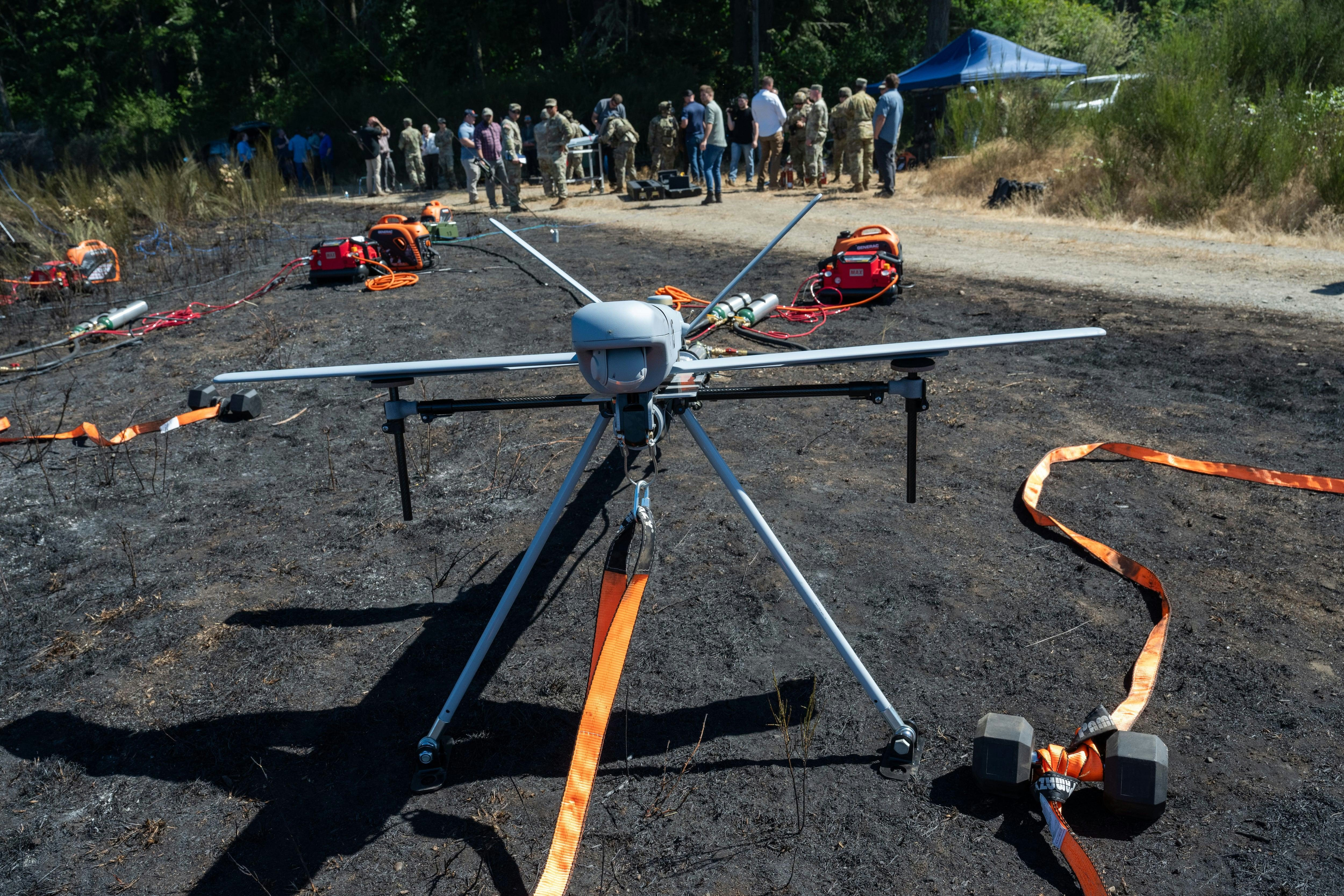
AeroGenie — Your Intelligent Copilot.
Trending
Categories
Putin Orders Increase in Rocket and Aircraft Engine Production Despite Sanctions
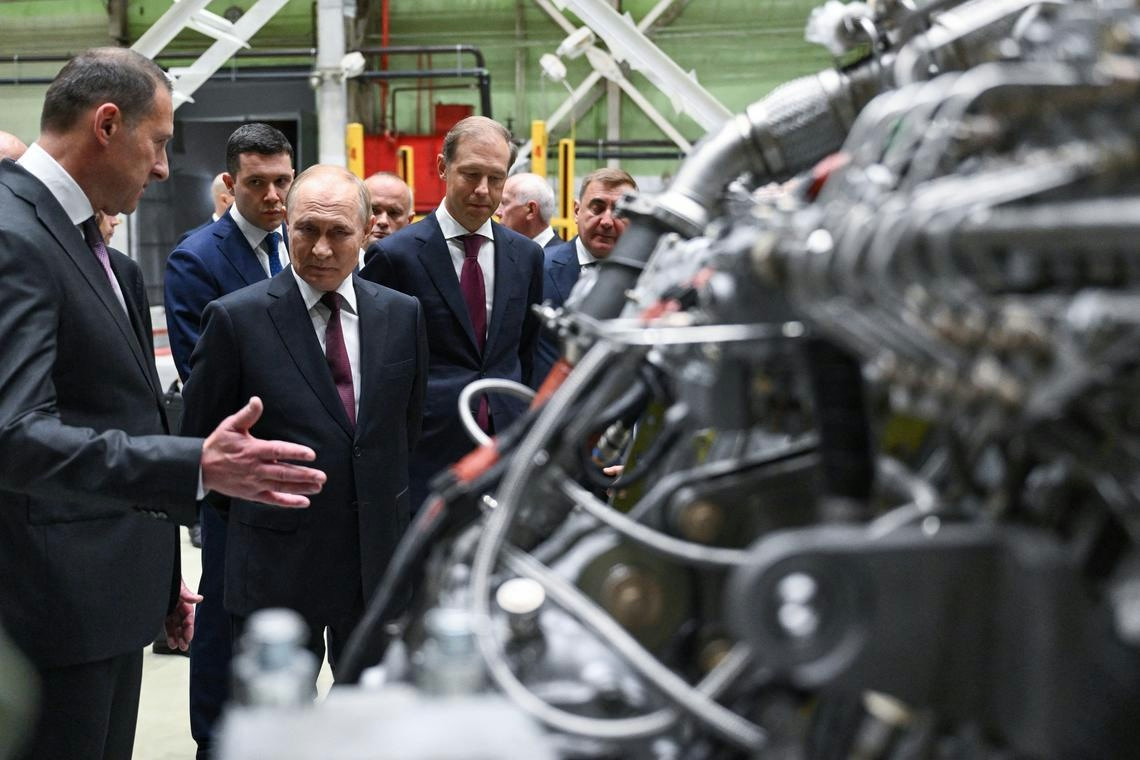
Putin Orders Increase in Rocket and Aircraft Engine Production Despite Sanctions
Strategic Push for Aerospace Sovereignty
Russian President Vladimir Putin has mandated a substantial acceleration in the development and production of rocket and aircraft engines, signaling Moscow’s resolve to sustain its aerospace capabilities amid extensive Western sanctions. During a recent visit to the Kuznetsov engine design bureau in Samara, Putin underscored the imperative to satisfy domestic demand and diminish reliance on foreign suppliers. Kuznetsov, a pivotal institution in Russia’s aerospace industry, has a long-standing legacy of producing engines for strategic bombers, space launch vehicles, and rockets.
Current priorities include the revival of heavy-lift engine production for Roscosmos, supporting the Angara rocket family, and expanding exports to non-Western markets. In aviation, efforts are focused on advancing the PD-26 engine, an evolution of the PD-14 used in the Irkut MC-21 airliner. The PD-26 is intended to power heavy transport aircraft, strategic lifters, and the Russo-Chinese CR929 program, further reducing dependence on Western technology.
Military and Economic Implications
These initiatives carry significant military and strategic weight. Modernized rocket engines are essential for maintaining Russia’s satellite capabilities in reconnaissance, navigation, and communications. Enhanced aircraft engines could improve airlift capacity, payload, and operational flexibility for the Russian armed forces. Nonetheless, technical challenges remain evident; during a recent large-scale missile and drone attack on Ukraine, three Russian strategic bombers reportedly failed to launch their missiles due to technical malfunctions.
The drive for domestic propulsion development is framed as a matter of industrial sovereignty, particularly after Russia’s exclusion from Western supply chains since 2022. Moscow is deepening partnerships with China, especially in aerospace and energy sectors, seeking alternative sources of technology and investment. However, the effort to scale up engine production faces considerable obstacles. Western sanctions have curtailed access to advanced technologies and critical materials, potentially affecting the quality and reliability of new engines. Additionally, the economic burden of reallocating resources to defense manufacturing may strain broader economic stability.
Market responses have included shifts in global defense and energy equities as investors seek alternatives to Russian products. Concurrently, Western aerospace companies are intensifying efforts to fill the void left by diminished Russian capabilities, potentially fostering increased competition and innovation within the sector.
Challenges to Russia’s Aerospace Ambitions
The success of Russia’s aerospace ambitions remains uncertain. Experts highlight that the $37 million Su-57 stealth fighter, Russia’s sole fifth-generation jet, has been deployed in limited numbers and reportedly remains incomplete due to sanctions. Moscow appears cautious in its deployment, likely to avoid reputational damage, export complications, or the risk of losing sensitive technology if the aircraft were downed.
As Russia endeavors to assert industrial independence and maintain its global aerospace standing, the coming years will test whether domestic innovation and international partnerships can surmount the mounting pressures of sanctions and technological isolation.

United Airlines Flight Returns to Dulles After Engine Failure on Takeoff

United Airlines flight makes emergency landing at Dulles after engine failure

The Impact of the New Air Force One’s Delayed 2028 Arrival on Aviation and Travel

United Airlines Restarts Controversial AI Scheduling for Flight Attendants
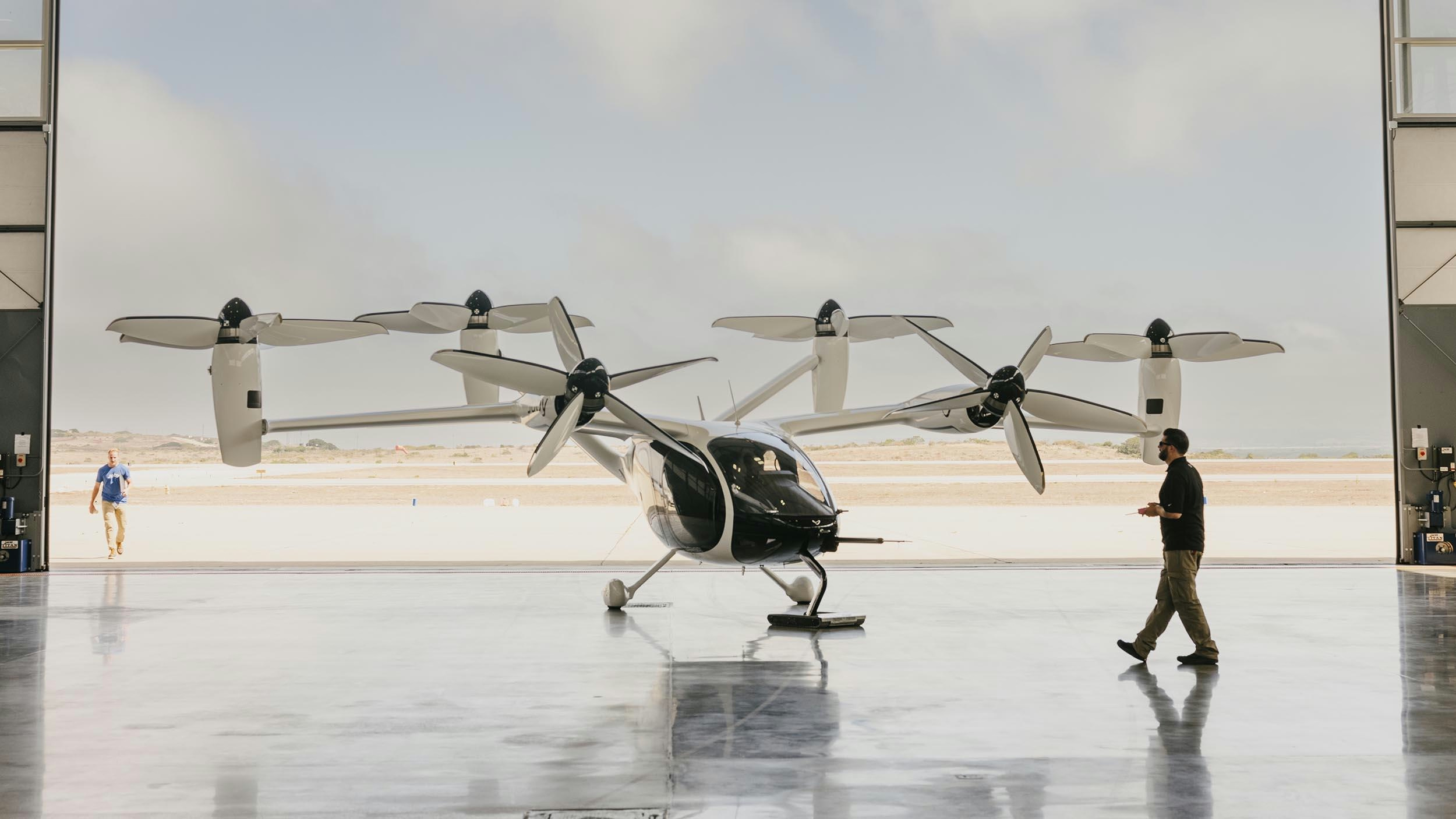
Joby Aviation’s Air Taxis Poised to Change Urban Travel and Tourism
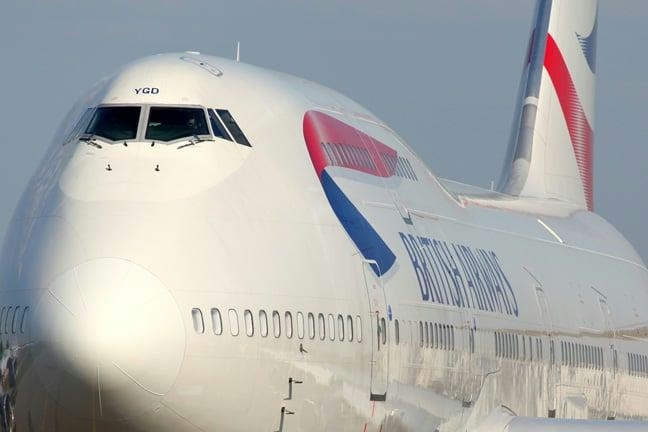
BA Chief Warns AI Agents May Diminish Brand Visibility
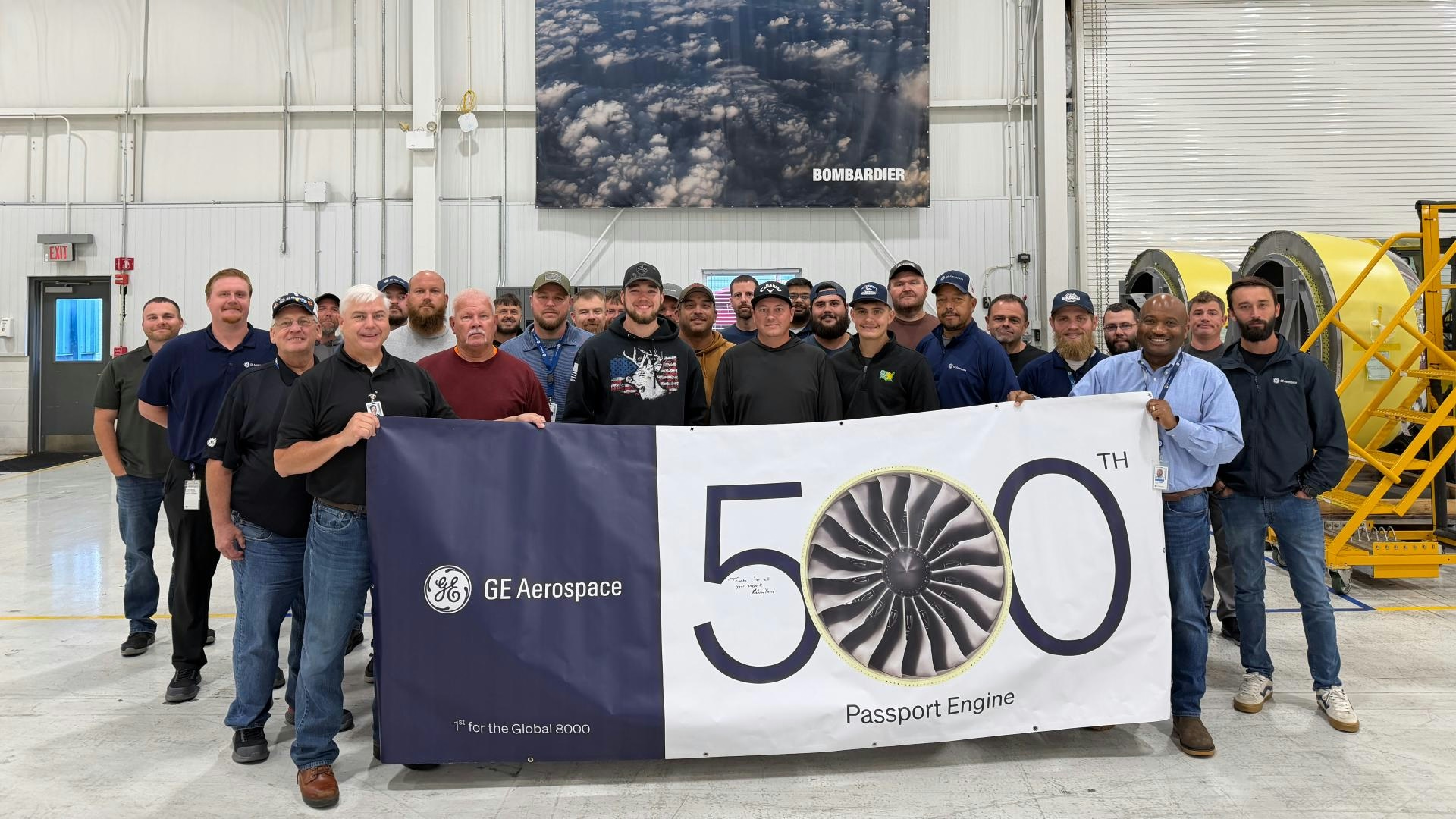
How GE Is Meeting Global Jet Engine Demand
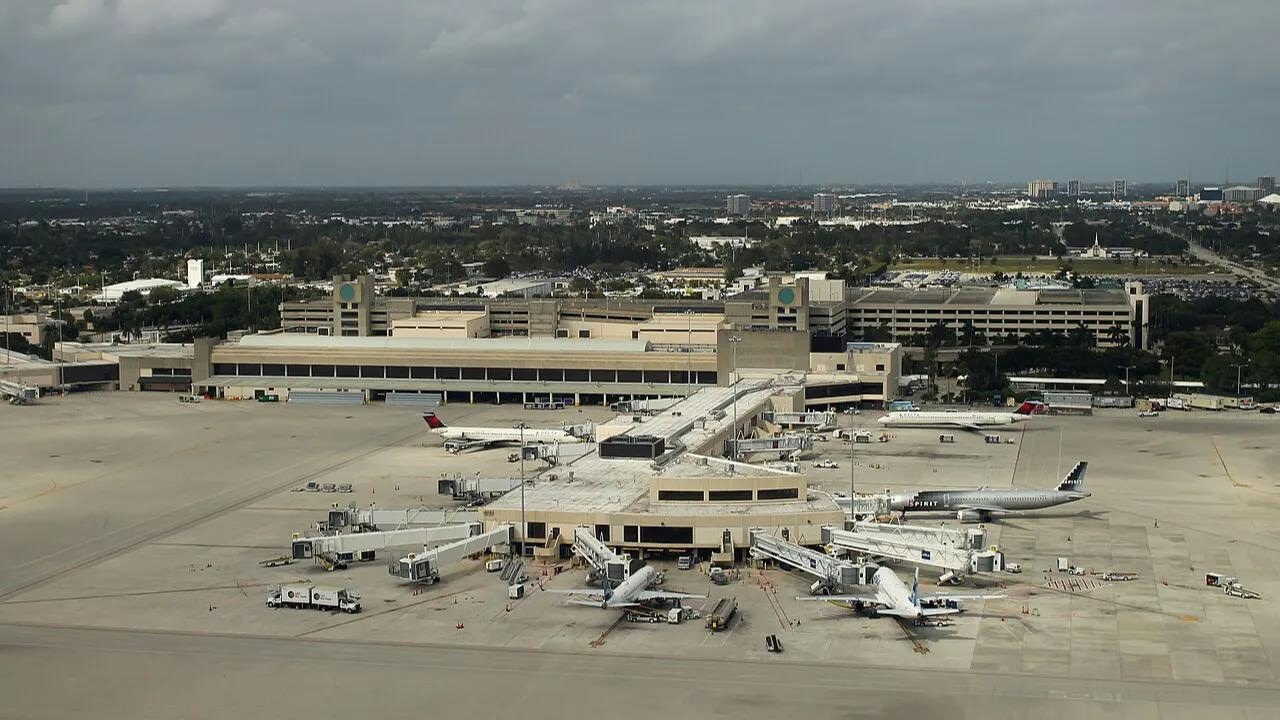
IATA Projects Airline Profits of $41 Billion in 2026
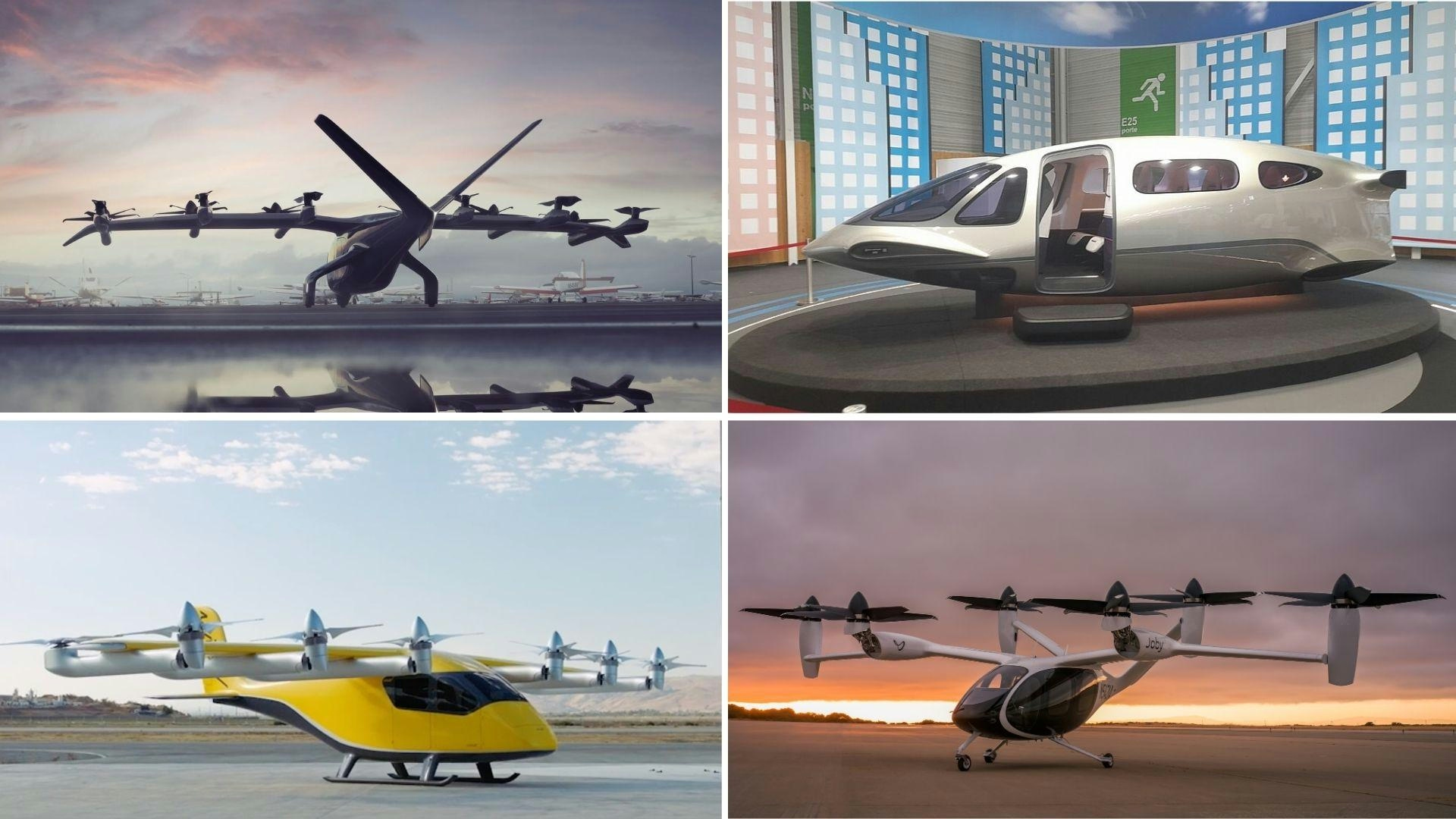
Five Air Taxis Poised to Shape Urban Mobility by 2026
